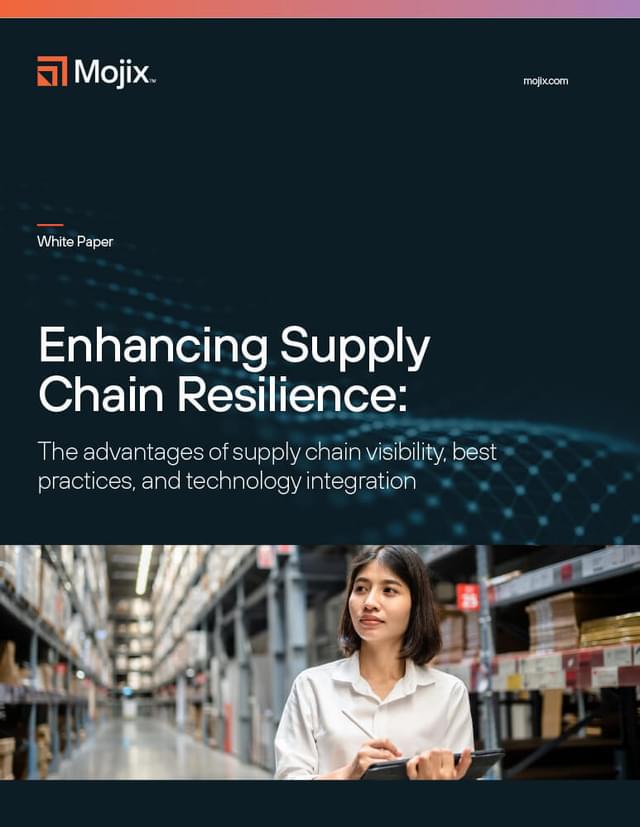
Industry Viewpoint
For today’s supply chain, foresight is the one true insight
For today’s supply chain, foresight is the one true insight
Enhancing Supply Chain Resilience: The Advantages of Supply Chain Visibility, Best Practices, and Technology Integration
When volatility is the only constant, supply chain visibility is an absolute must. But in today’s complex business environment, an overview isn’t enough. You need broader and more granular insights at the item level to support a more resilient supply chain and get ahead of potential disruptions.
Download our latest industry viewpoint to explore the benefits of real-time transportation visibility (RTTVP) and real-time item-level visibility (RTILV) and take the next step toward making your supply chain a lasting competitive advantage.
About the author: Bart De Muynck is a Strategic Advisor for Mojix. He has been an industry thought leader with over 30 years of supply chain and logistics experience. Bart spent eight years as a vice president of research at Gartner and has worked for international companies, including EY, GE Capital, Penske Logistics and PepsiCo, as well as several tech companies.

What happens when you have real-time item level visibility in motion and at rest?
Enhance inventory accuracy by over 98% with item-level RFID
- Improved demand forecasting
- Efficient inventory management
- Enhanced supplier collaboration
- Faster response to market changes
- Cost reduction
Download our industry viewpoint
You are clicks away from a more efficient, resilient supply chain. Fill out the form below to receive your free download.

Ready to put visibility solutions to work for your business?
Ready to put visibility solutions to work for your business?
Contact us today to explore how RTILV and RTTVP can transform your supply chain management strategy.




